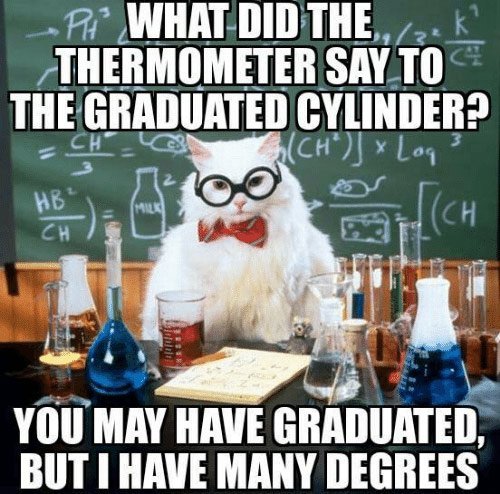While the basic idea of all tools stays the same, the different markings on metric tools is often a source of frustration for middle school students encountering these devices for the first time. So let’s learn how to use each of them to accurately communicate measurements:
How do use a Graduated Cylinder to measure Volume:
How do use a Meter Stick to measure Distance:
Distance is the amount of space between two points and we typically measure it with some kind of ruler. Metric rulers are typically 1 meter long and separated into 100 smaller units known as centimeters. Each centimeter is futher separated into 10 smaller units called Millimeters used to measure super small things.
Check out video to learn how to work between these units:
How to use a Triple Beam Balance to measure Mass:
While most people have turned to digital scales for mass measurements, it is possible that you may need to know how to use this archaic tool.
Each of the 3 beams represent place values of 100g, 10g and 1g that are added together to find the mass of an object placed on the tray.
Watch video to learn how to use:
Feeling better? Go forth and measure!


